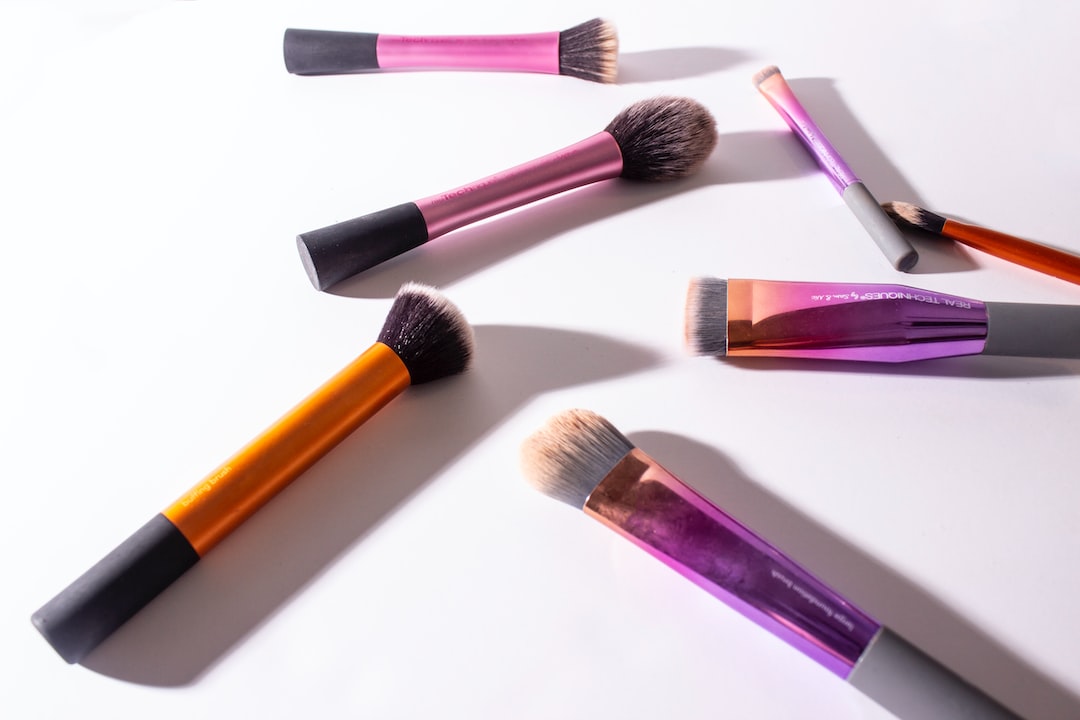The Science Behind Anti-Aging Skincare: Exploring Ingredients and Benefits
As we age, our skin undergoes several changes. The formation of wrinkles, fine lines, and age spots become more evident, leaving us seeking ways to reverse these signs of aging. Thankfully, the world of skincare has come a long way in understanding the science behind aging and developing products that can help combat them. In this blog post, we will delve into the science behind anti-aging skincare and explore the ingredients and benefits associated with it.
One of the vital factors in aging skin is the loss of collagen and elastin, which give our skin its elasticity and strength. As we age, the production of these proteins slows down, leading to sagging and wrinkles. To address this issue, many anti-aging products contain ingredients that promote collagen and elastin production, such as retinoids, peptides, and growth factors.
Retinoids, derived from vitamin A, have been extensively studied for their anti-aging effects. They work by stimulating collagen synthesis and improving cell turnover, resulting in smoother and firmer skin. Retinoids also help reduce hyperpigmentation, enhancing the overall appearance of the skin.
Peptides, on the other hand, are short chains of amino acids that can penetrate the skin and signal it to produce more collagen. By boosting collagen production, peptides help minimize fine lines and wrinkles, giving the skin a more youthful appearance. Some peptides, like palmitoyl pentapeptide-4, even have antioxidant properties that protect the skin against damage caused by free radicals.
Growth factors, naturally occurring proteins within the body, also play a crucial role in anti-aging skincare. They regulate cell growth and proliferation, promoting tissue repair and rejuvenation. When incorporated into skincare products, growth factors can enhance collagen production, improve skin texture, and reduce the appearance of wrinkles and fine lines.
Another key ingredient found in many anti-aging products is hyaluronic acid. This molecule has a remarkable ability to retain moisture, holding up to 1,000 times its weight in water. With age, our natural hyaluronic acid levels decline, resulting in dryness and a loss of plumpness. Applying hyaluronic acid topically helps restore moisture levels, leading to smoother, hydrated skin. It also acts as a humectant, drawing moisture from the environment to the skin, further enhancing its benefits.
Antioxidants are another essential component of effective anti-aging skincare. These compounds work by neutralizing harmful free radicals, which are responsible for cellular damage and skin aging. Some commonly used antioxidants in skincare include vitamins C and E, resveratrol, and green tea extract. By protecting the skin from oxidative stress, antioxidants help reduce inflammation, prevent collagen breakdown, and diminish the appearance of wrinkles and age spots.
To further promote the overall health and appearance of the skin, many anti-aging products contain ingredients that improve skin texture and tone. Alpha hydroxy acids (AHAs), such as glycolic acid and lactic acid, exfoliate the top layer of dead skin cells, revealing brighter and smoother skin beneath. AHAs also stimulate collagen production and enhance hydration, making them powerful tools in combating aging.
Similarly, beta hydroxy acids (BHAs), like salicylic acid, penetrate the pores, effectively removing impurities and preventing acne breakouts. BHAs also possess anti-inflammatory properties, making them suitable for sensitive or acne-prone skin. Regular use of BHAs helps refine the skin’s texture, reduce the appearance of enlarged pores, and promote a more even skin tone.
In conclusion, the world of anti-aging skincare is backed by science, with extensive research going into understanding the complex mechanisms that contribute to aging skin. By incorporating ingredients such as retinoids, peptides, growth factors, hyaluronic acid, antioxidants, and various acids into skincare products, we can harness their individual benefits to combat the signs of aging effectively. Whether you’re looking to reduce wrinkles, improve hydration, or enhance skin texture, understanding the science behind anti-aging skincare can help you make informed choices and achieve the desired results.
